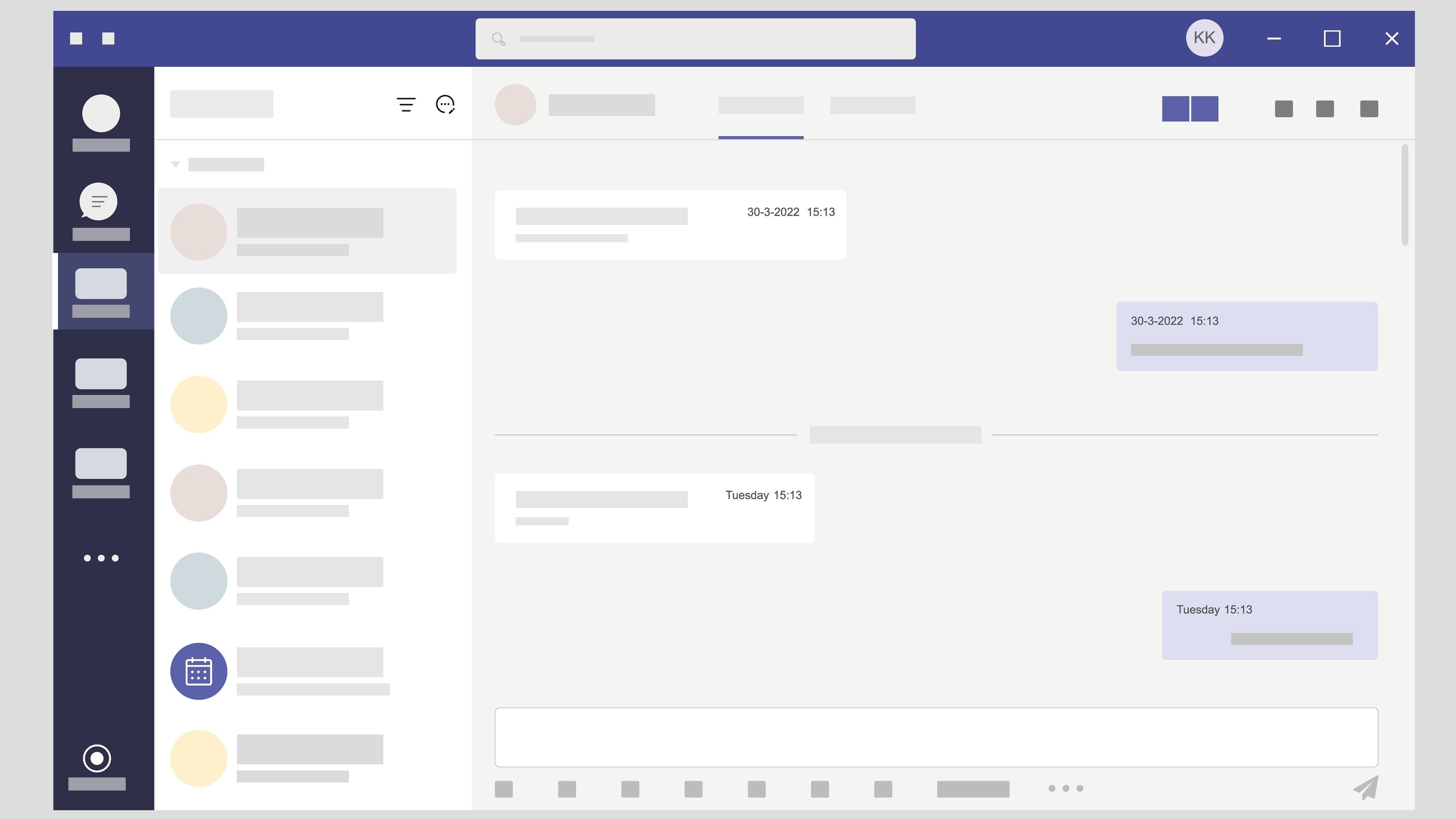Banner artwork by Tasha Art / Shutterstock.com
While the last few years have shown that the world is constantly changing, according to a recent Gallup survey, remote work and the hybrid work arrangement are here to stay. In 2019, 60 percent of remote-capable employees worked fully on-site; that number fell to only 20 percent in 2023. Out of 10 remote-capable employees, two are working entirely on-site; three are working exclusively remotely, and five in 10 are working some days in the office and some days remote.
We previously wrote about how organizations and leaders can level up their DEI efforts in a remote/hybrid work environment. Now, we want to take a deeper dive into how to create inclusion for your employees. Whether employees are on-site, hybrid, or fully remote, teams are often comprised of employees from various countries/regions around the world. So, how do we effectively lead a global and remote workforce? How can we help ensure that everyone feels seen and valued? Here are some tips on how to level up your leadership to be inclusive and create belonging for your global and/or remote team.
1. Consider your meeting times
When scheduling meetings with teams from different time zones, don’t just acknowledge that the meeting time is inconvenient for some and then keep scheduling meetings for that same time.
Consider whether the meeting time can be set for a different time, even just occasionally, to better suit people in different regions. It will show that you genuinely value them and want them to participate in a meaningful way. If you always schedule meetings that just fit into your schedule or the schedule for those at headquarters, you may be signaling to your remote employees that they are outliers or that they need to be the ones to accommodate others.
If time zones are an insurmountable obstacle, consider recording the meetings and communicating to the team that they do not have to participate in real time if the meeting is inconvenient. For meetings where employees are not going to be providing input, this is a great way to show that you respect that they are in a different time zone and do not expect them to take a meeting in the middle of the night if the content can wait.
Consider recording meetings and communicating to the team that they do not have to participate in real time if the meeting is inconvenient.
2. During meetings, consider using closed captioning/subtitles
If you have meetings with employees who are not native English speakers, consider using closed captioning or subtitles to enhance their comprehension.

Staying engaged during remote meetings can be challenging enough, without the extra obstacle of having that meeting conducted in a foreign language by someone who speaks quickly and uses colloquial vernacular.
Many meeting tools, such as Microsoft Teams, include real-time captioning which can make it easier for a non-native English speaker to follow along.
You should also circulate an agenda or attachments prior to the meeting, as it may be easier for the employees to follow the meeting if they have written materials to digest ahead of time. This will make the meeting more productive and your employees feel like active participants and seen.
3. Recognize traditions for those in other regions or from diverse cultures
If you have a global team or a team with employees from diverse cultures, be proactive about recognizing their holidays and traditions. Learn about the cultures and holidays that are recognized by your employees and make a concerted effort to acknowledge them. For example, although your whole team may not celebrate the Golden Week in Japan, avoid scheduling major meetings during this time of celebration for your Japanese employees. Similarly, if you have Jewish employees, avoid scheduling meetings or events on Yom Kippur and Rosh Hashanah when your employees may be taking time off. If you have South Asian employees, consider taking some time to celebrate or recognize Diwali.
This type of inclusion goes beyond religious accommodations or the granting of paid time off. It’s about seeing people for their whole selves and making them feel valued. This doesn’t mean making it your employees’ responsibility to educate their colleagues on a less familiar culture or religion. If you’re pro-active about recognizing cultural and religious traditions, you’ll create a sense of inclusion and create space for your employees to be authentic and open.
4. Embrace cross-cultural differences and develop cross-cultural competence
Diversity, belonging, and inclusion goes beyond race and sex. An often-neglected consideration is cultural intelligence. While it is easy for people to view the world through just their own lens, when working with individuals from other countries or culture, it is imperative that employees develop cultural intelligence so they can better communicate with each other, avoid misunderstandings and conflicts, and be more effective.
Consider providing cultural intelligence training so your employees can learn about the different axes of culture — and how that can dictate how an individual communicates, expresses themselves, views authority, feels valued, etc. This knowledge will highlight how colored our lens to the workplace can be.
Leading a global and/or remote team means that you can have a more diverse team. Be sure to leverage your employees’ diverse perspectives, backgrounds, and experiences by making them feel like full contributing members of the team. Create a sense of belonging and inclusion by pro-actively honoring what is important and meaningful to them.
Disclaimer: The information in any resource in this website should not be construed as legal advice or as a legal opinion on specific facts, and should not be considered representing the views of its authors, its sponsors, and/or ACC. These resources are not intended as a definitive statement on the subject addressed. Rather, they are intended to serve as a tool providing practical guidance and references for the busy in-house practitioner and other readers.








